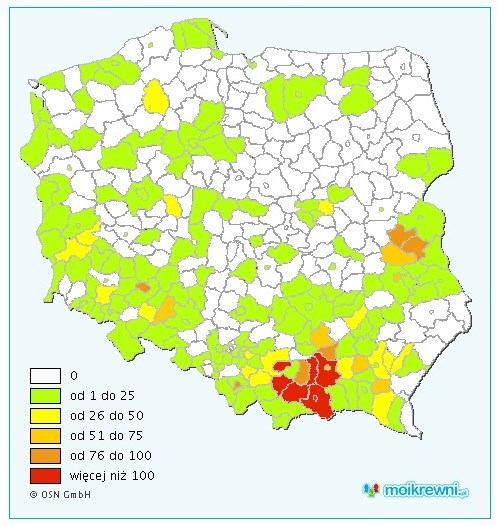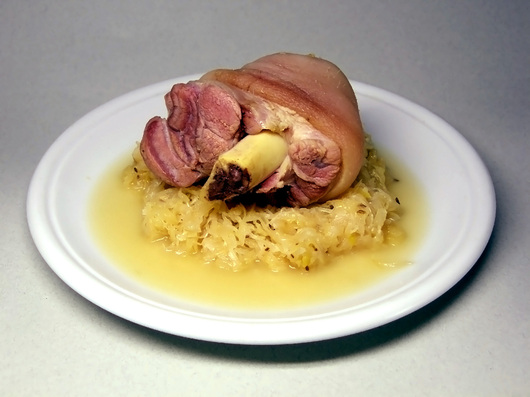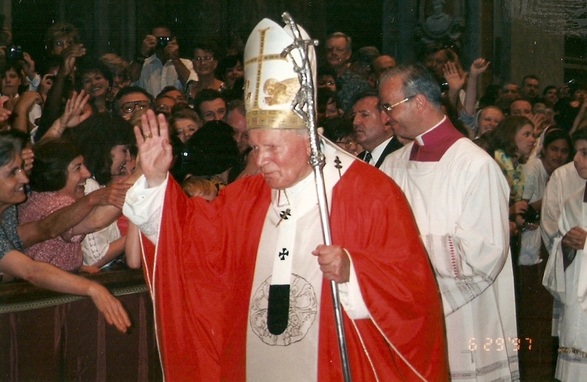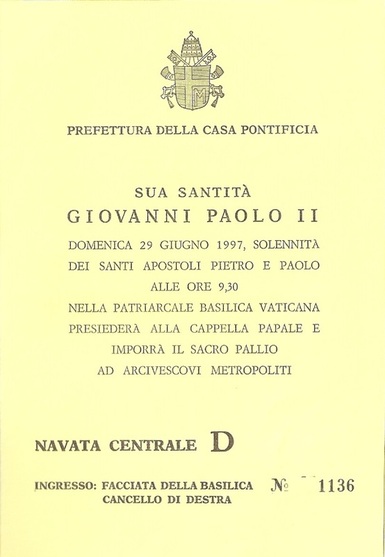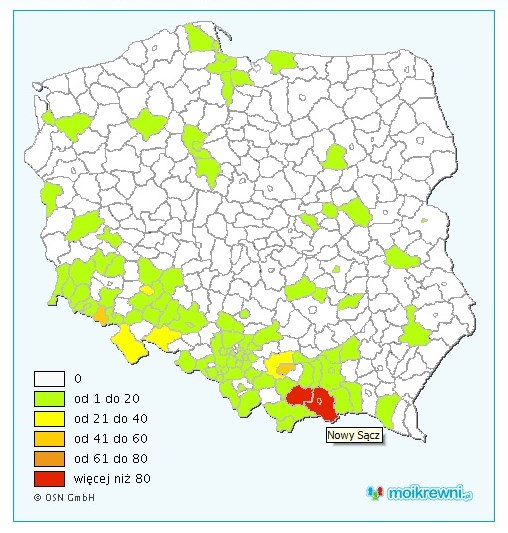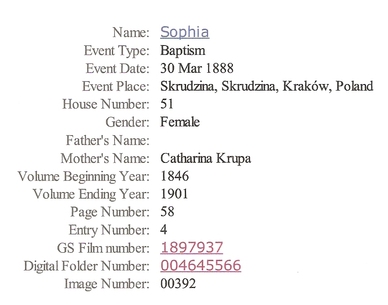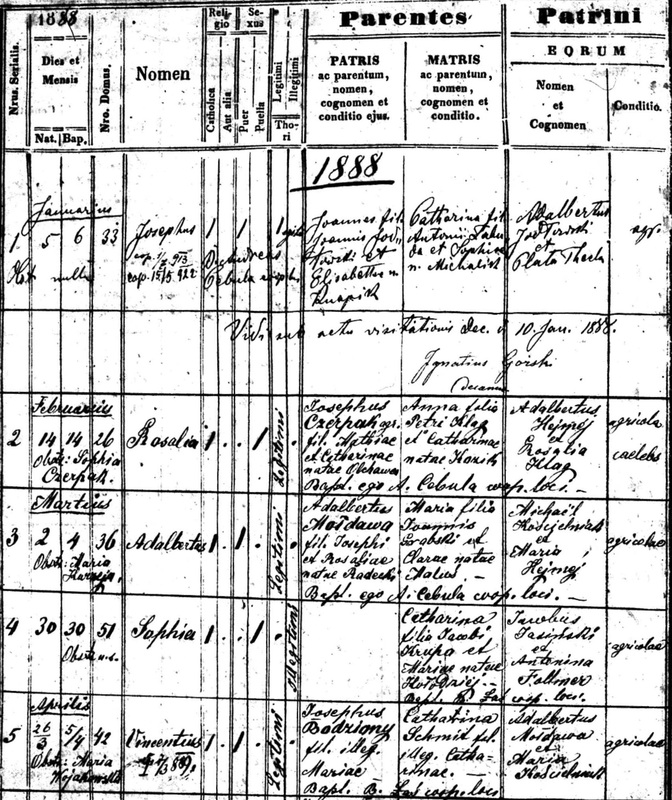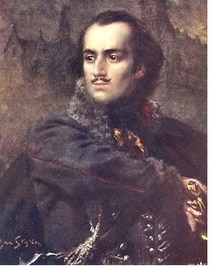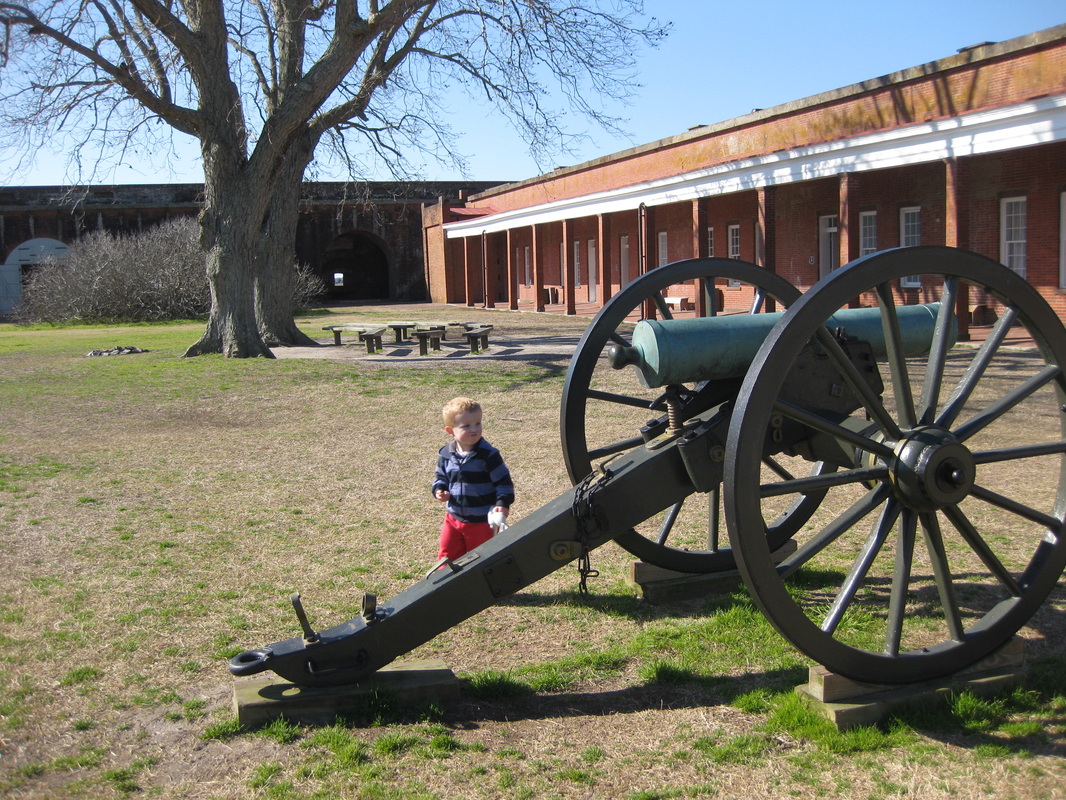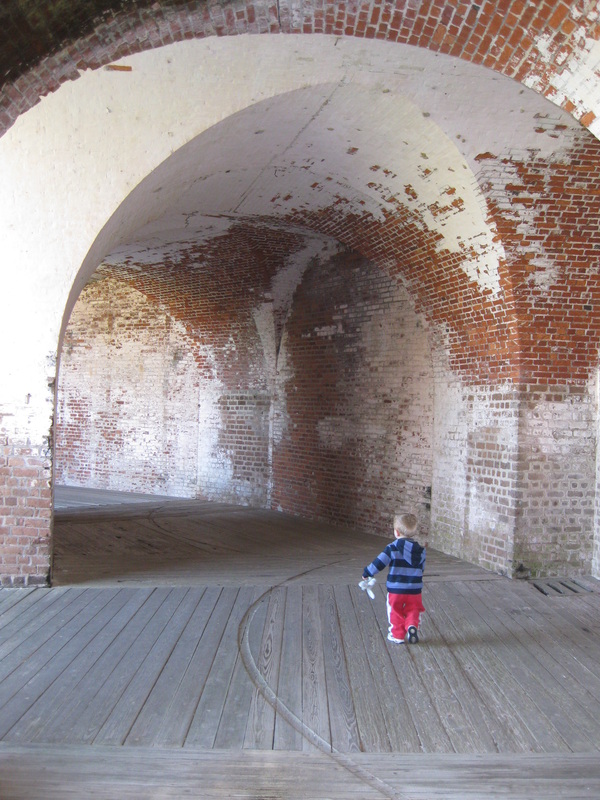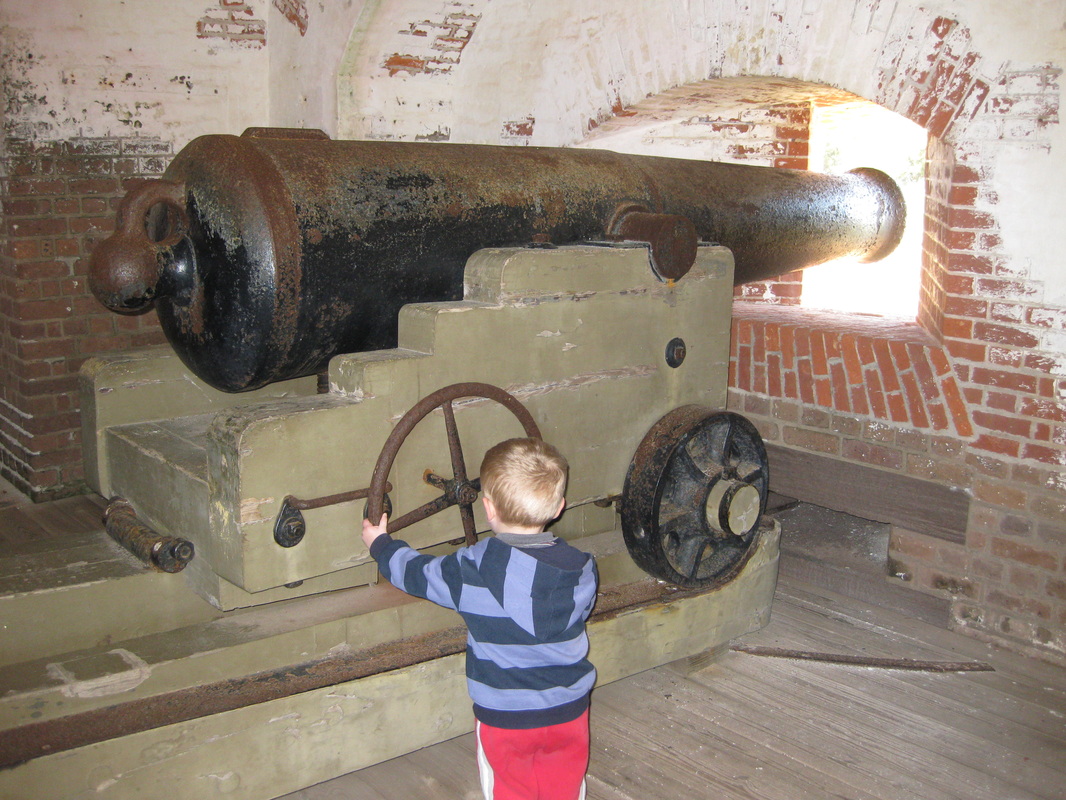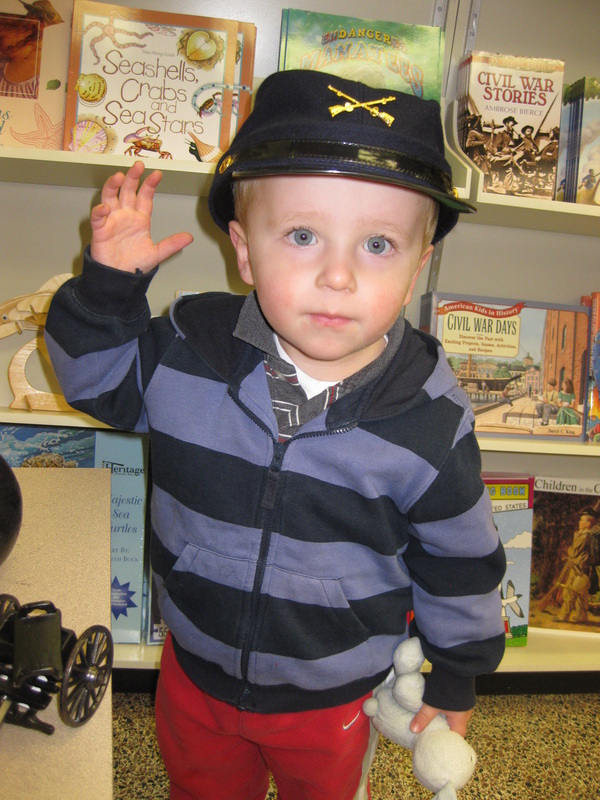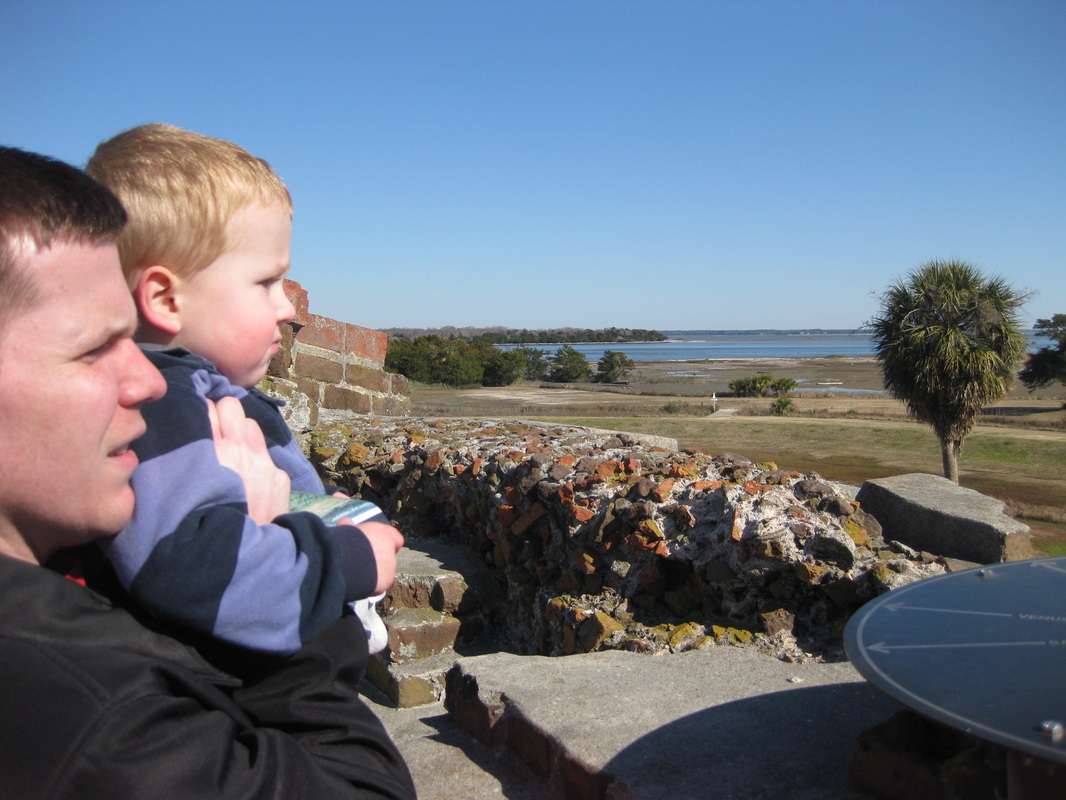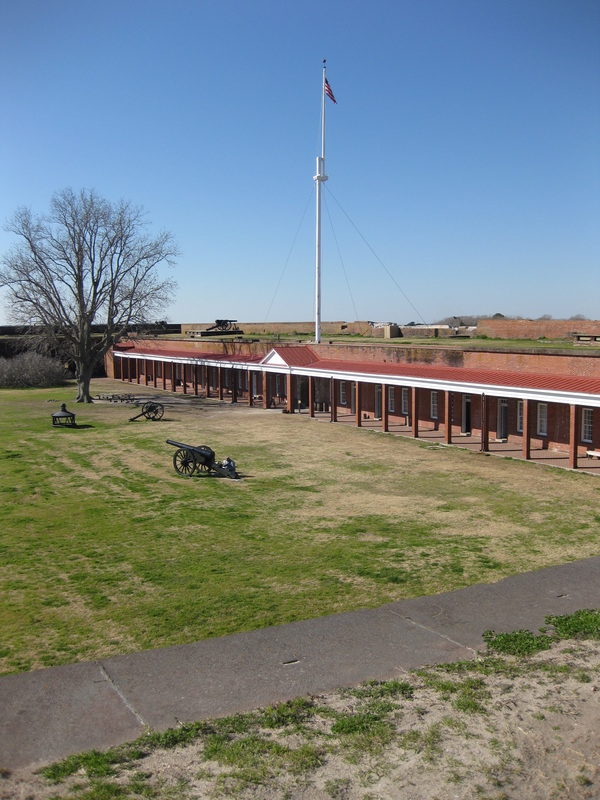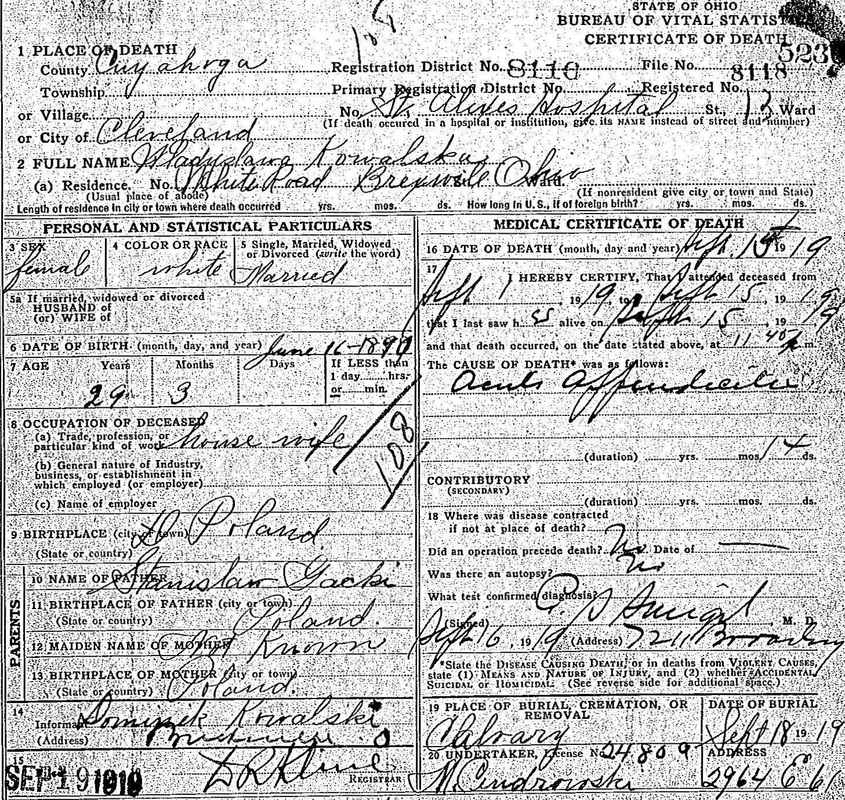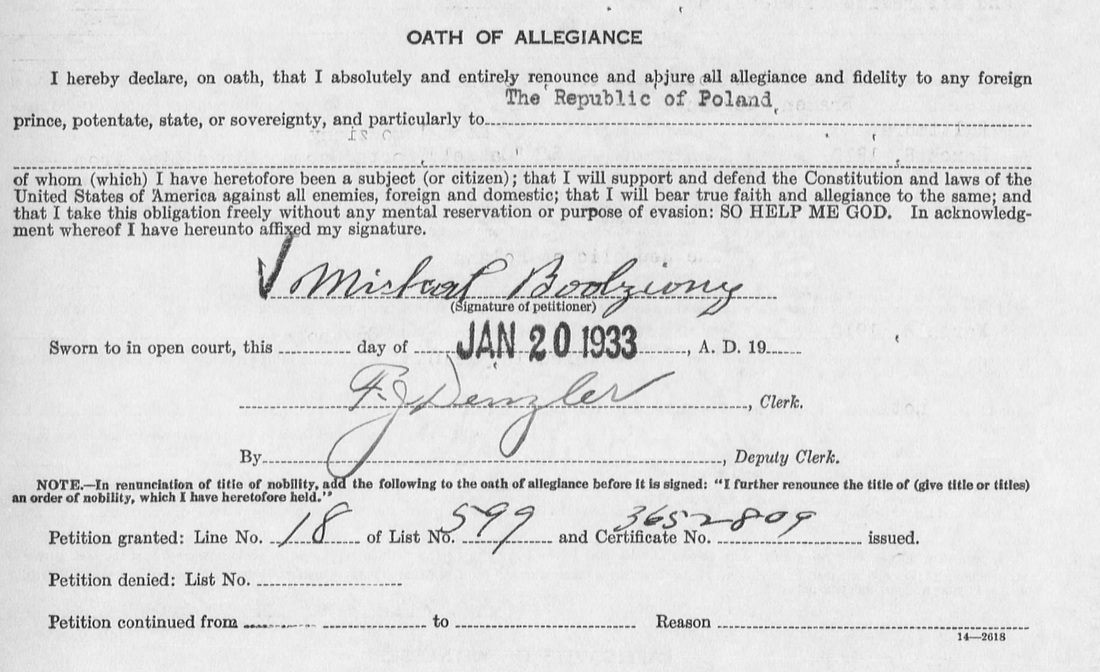Through FamilySearch.org's online search engine, I was able to find an indexed record from the nearby town of Brzezna, Poland that was likely Sophia's baptism record. I confirmed that it WAS her baptism record when I was able actually look through the microfilm and found Sophia's marriage record to Michael's dad, Joseph Bodziony (also in Brzezna), in which her parents are also listed.
Here is the present day distribution of the surname Golonka in Poland today, according to Moikrewni.pl:
'Golonka' literally means 'knuckle' in Polish. The word is used to refer to the Polish dish of ham hocks, which technically aren't pig knuckles, but instead are the animal's ankles. In any case, my love of pork products can now be attributed to genetics - it's literally in my bloodlines. :-)
A native Polish speaker also suggested to me that the name might carry the meaning of shaving or of being shaven. The Polish verb for 'shave' is golić, so the surname might have the same root.
©2014, copyright Emily Kowalski Schroeder
